The US National Aeronautics and Space Administration (NASA) has officially updated the probability that asteroid 2024 YR4 will hit Earth in 2032, to the highest level for any asteroid in NASA's history.
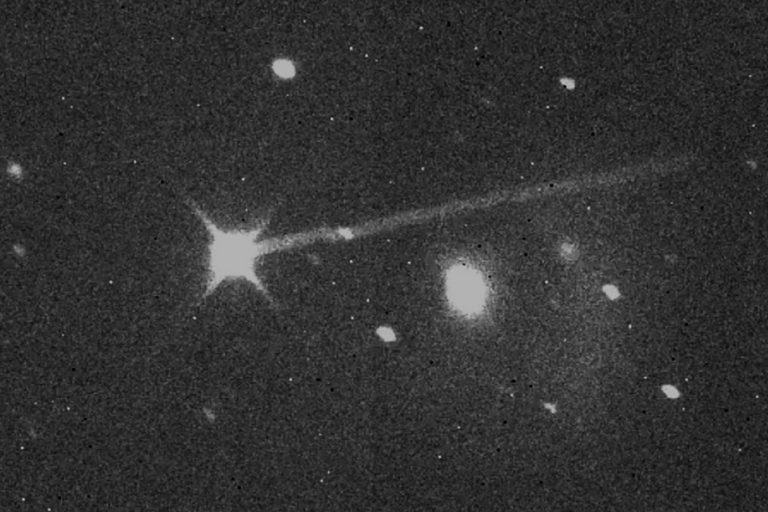
Image of asteroid 2024 YR4 moving through space
NASA's Center for Near-Earth Object Studies (CNEOS) now calculates the probability of asteroid 2024 YR4 colliding with Earth in 2032 at 3.1%, or a 1 in 32 chance, according to the Independent on February 19.
Since its discovery on December 27, 2024, 2024 YR4 has received several updates from NASA, with the most recent being a 2.6% chance. By the end of January, the risk of collision was just 1%.
The changes are the result of more detailed observation efforts, allowing scientists to move forward with proposals to intervene in the asteroid's path if necessary.
While it is almost certain that the asteroid will not hit Earth in 2032, the research allowed scientists to construct so-called impact hazard corridors, which show that more than 100 million people live in areas that could be destroyed if 2024 YR4 actually hits Earth.
NASA's CNEOS currently rates 2024 YR4 as a 3/10 threat on the Torino Impact Hazard Scale. The only asteroid rated higher than 2024 YR4 is Apophis, which caused worldwide concern in 2004.
Apophis was initially rated 4/10, before being downgraded because observations showed the asteroid could not threaten Earth for at least a century.
A level 10 asteroid is powerful enough to cause global disaster, like the asteroid that wiped out the dinosaurs 66 million years ago.
Scientists estimate 2024 YR4 to be between 40 and 90 meters in size. This is based on the asteroid's brightness.
2024 YR4 is now moving away from Earth and is expected to disappear from astronomers' view in April. That's why researchers are speeding up their observations to get as much information as possible before the asteroid disappears.
After that, the research opportunity will only return in 2028, and by then it may be too late to intervene.
Source: https://thanhnien.vn/xac-suat-tieu-hanh-tinh-va-cham-trai-dat-cao-nhat-lich-su-nasa-185250219083409008.htm








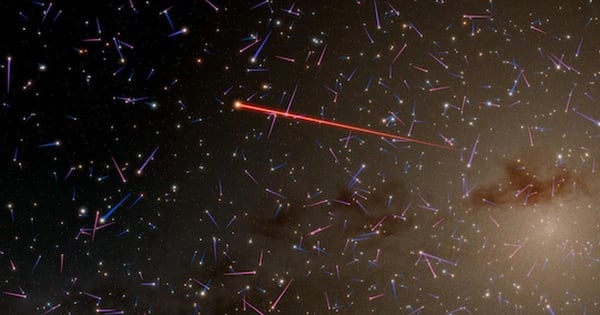

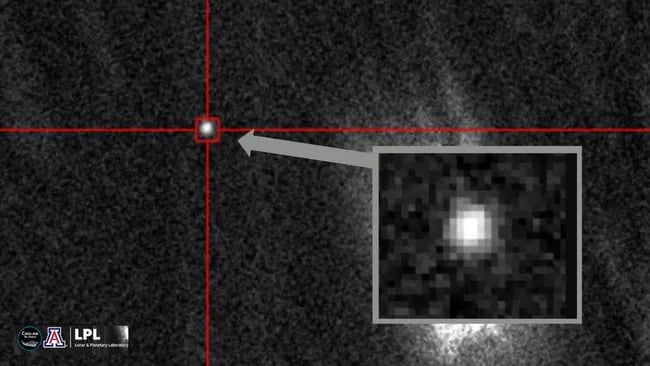

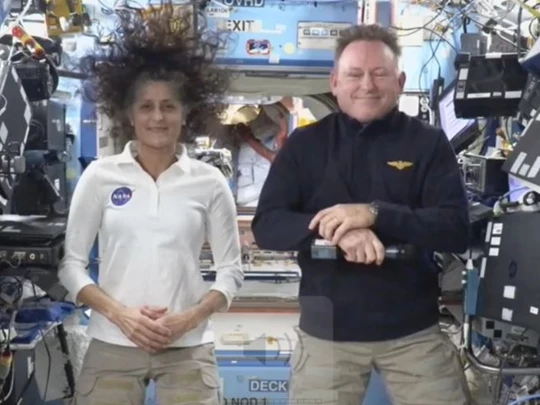

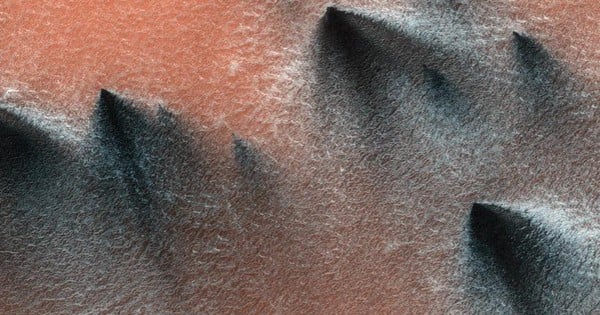
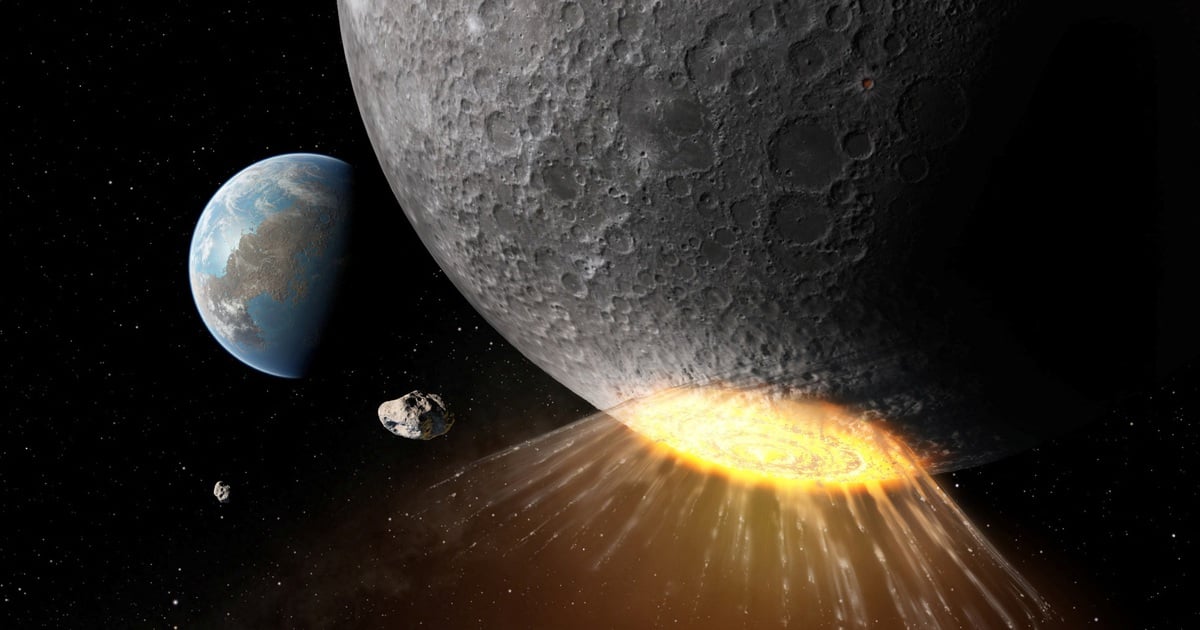
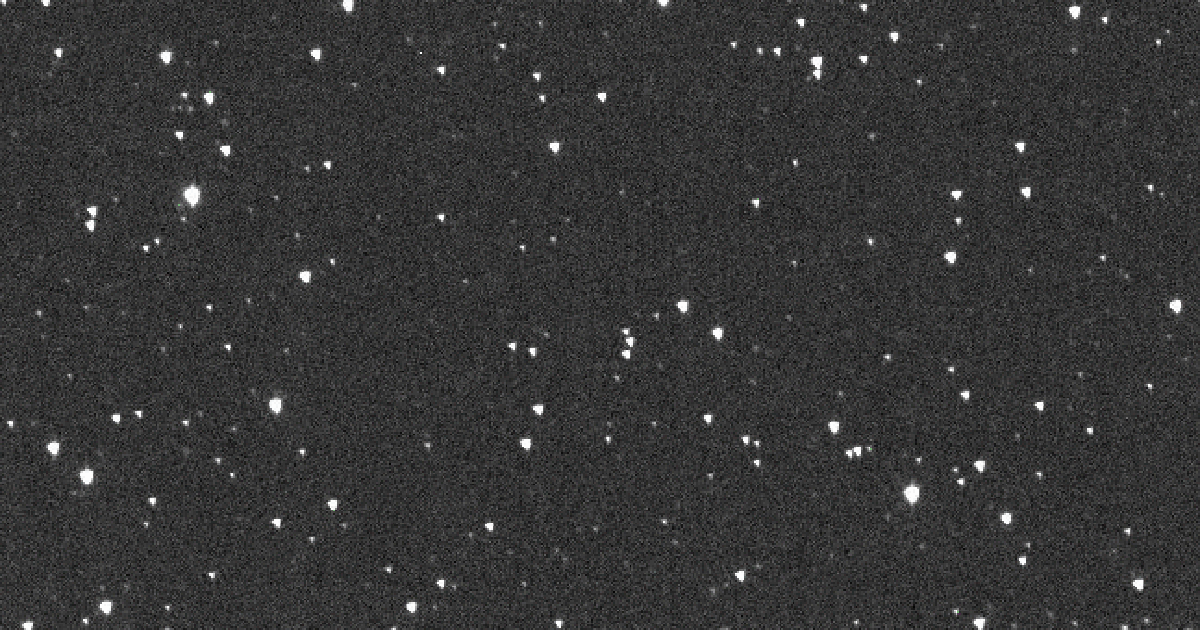























Comment (0)